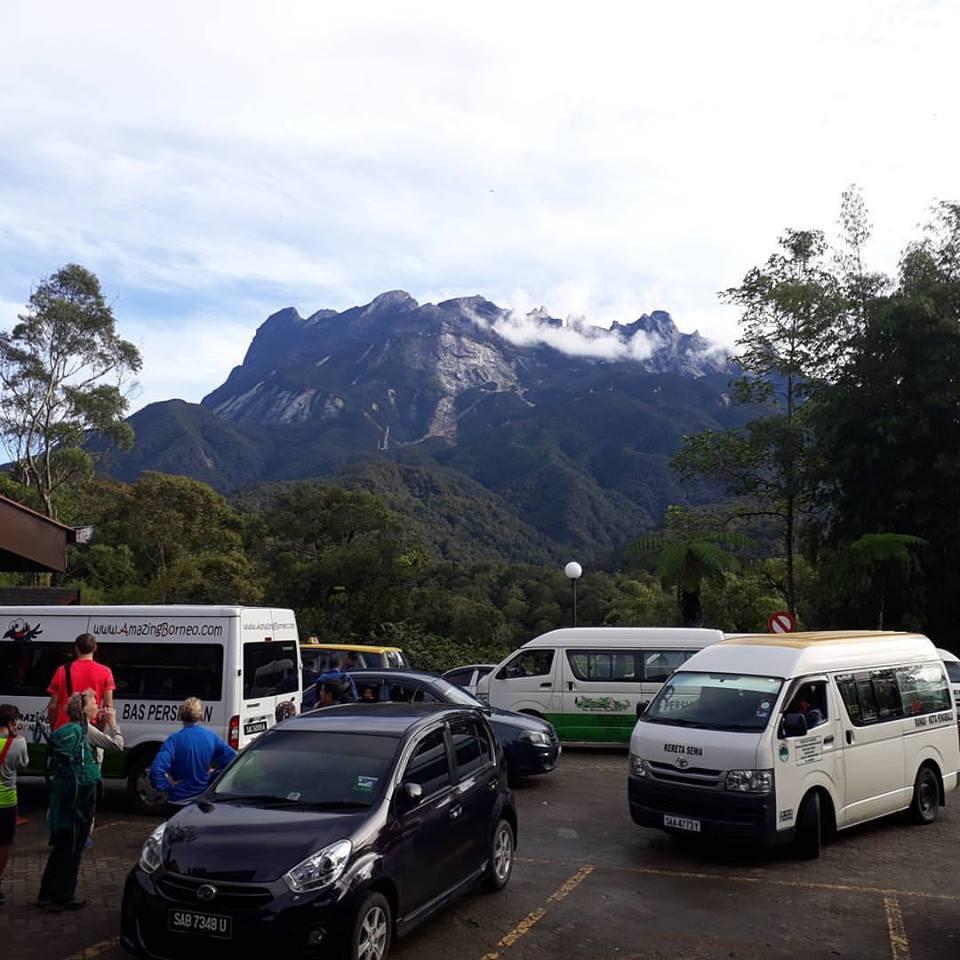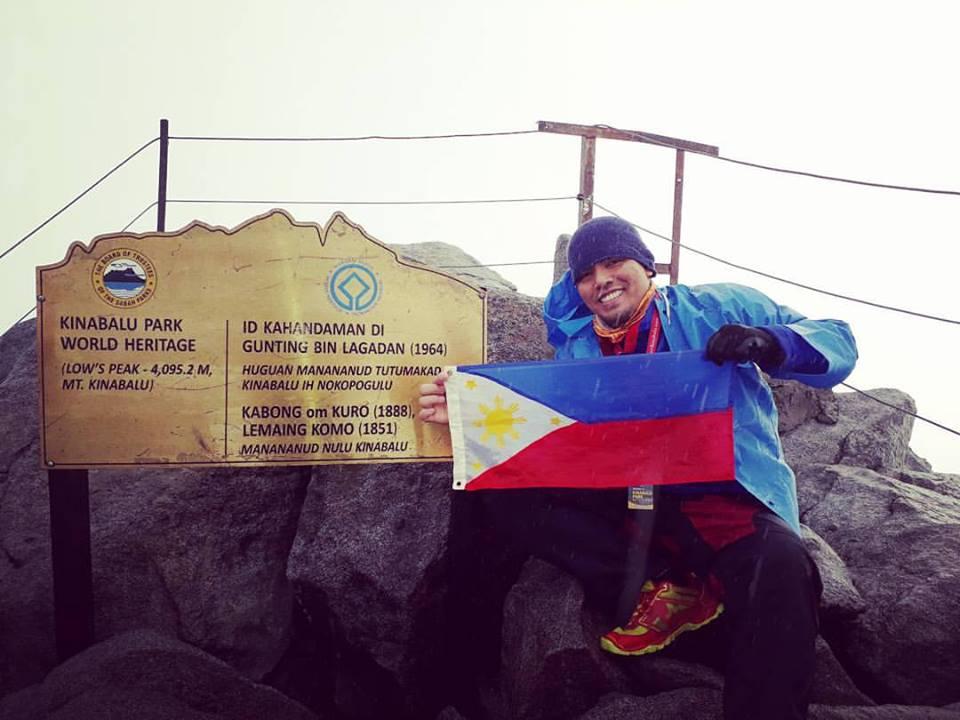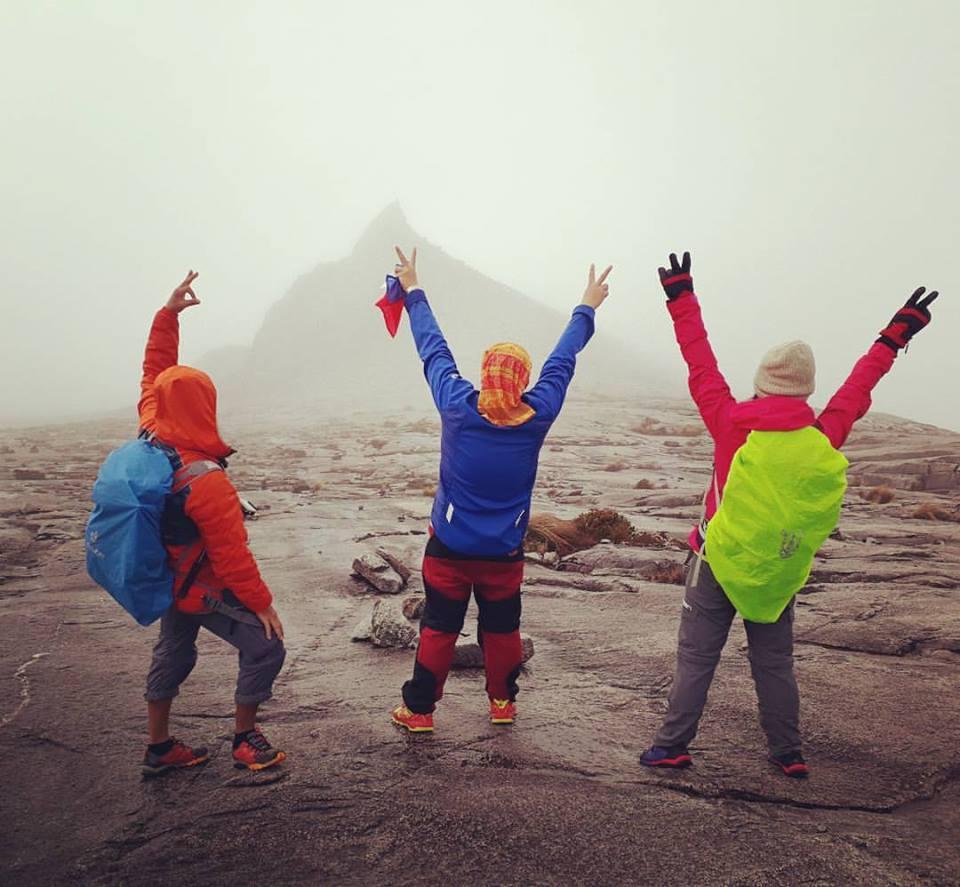MT. KINABALU
Sabah, Malaysia
Jumpoff: Mt. Kinabalu National Park, Sabah
LLA: 06°050'N 116°33'E; 4095 MASL
Days required / Hours to summit: 2 days / 7-8 hours
Specs: Major climb, Difficulty 6/9, Trail class 1-4 (8km)
BACKGROUND

Rising at an impressive height of 4095 MASL in the island of Borneo is Mt. Kinabalu, considered to be the highest mountain in archipelagic Southeast Asia. Its rival for the title is Puncak Jaya in Indonesia, which is higher at 4885 MASL but it sits on the island of Papua, which is held to be already part of Oceania. If Indochina will be considered, then Hkakabo Razi in Burma will be even higher at 5881 MASL. At any rate, Mt. Kinabalu has become the most popular Southeast Asian climb by Filipino mountaineers, with its proximity and accessibility. This has become especially true now that two budget airlines, AirAsia and Cebu Pacific, are servicing the route from Manila or Clark to Kota Kinabalu. Interestingly, the territory of Sabah is being claimed by the Philippine government since the 1960s, drawing from the fact that indeed Sabah once belonged to the Sultanate of Sulu, whose sovereignty should have passed on to the Philippines. This claim notwithstanding, Mt. Kinabalu is one place in Sabah which Filipino climbers conquer every year, with tour operators offering a Kinabalu climb for around P20,000 (as of September 2008) including fares, entrance fees, and accommodation. One explanation of the etymology of 'Kinabalu' is that it was derived from the words 'Kina' (meaning 'China') and 'Balu' (meaning 'widow' - true in Malay and Tagalog); in other words 'Chinese Widow'.

This name pertains to the tale of a Chinese prince who was banished to Borneo and fell in love with a woman there. The prince, however, returned to China, promising to return soon. But he was kept in China by his royal parents, and the Bornean lady, anxious, climbed up the highest mountain to wait for her husband's ship to arrive. She did this for a time, until she succumbed. The spirit of the mountain turned her into a stone, facing China forever. Thus the name Kinabalu. The fact that the term 'balu' (balo) is understandable in Filipino shows how connected we are, culturally, with this mountain. What comprises the beauty of Kinabalu? First is its biodiversity. There are pitcher plants and Rafflesia, suggestive of how immense the ecosystem is in terms of the food chain. Here are also rare sightings of the Orang Utan, chief among the mammals found in the forests. The variety of orchids and plants is legendary - there are more plant species in this mountain than all of North America and Europe combined! Moreover, Mt. Kinabalu is a geologic wonder; a young, giant mountain in the tropics whose granite origins is manifest in its craggy peaks. The Kinabalu climb takes two days. The first day is going up to the Laban Rata guesthouse, where one spends the night. This 'mountain hotel' offers buffet meals, heated rooms and hot shower -- the best one can offer at 3300 MASL, higher than Mt. Apo.

From Laban Rata, you wake up very early next morning for the 2-3 hour, 2km trek to Mt. Kinabalu's summit. Wooden ladders continue the trail, and after 45 minutes the Sayat-Sayat hut (3810m) is reached. Here the vegetation is stunted - a phenomenon familiar among those who have climbed any Cordillera mountain closer to home. Carrying on, the trail gets steeper, at times reaching 70 degrees. But these difficult parts have ropes to assist you. Soon the earth becomes devoid of plant life, and what remains is naked granite rock. Finally, at the end of the 8kms, St. John's Peak and South comes into view (left) and Low's Peak - the very summit - up ahead. At the summit plateau, views of the mountain and the land below are said to be magnificent. You can spend a whole hour here or more, but the actual summit is very small and you can spend only a few minutes there - just to have your picture taken. As a whole though, the summit plateau is a grand experience - some websites even claim that you can see the waters of the Southern Philippines (N, NE). With these grand views and the great climbing experience, Mt. Kinabalu is truly an adventure of a lifetime, as a growing number of Filipinos have come to discover.
Note:
Thanks to PinoyMountaineers.com owned by Dr. Gideon Lasco for the informations we used in this website.

